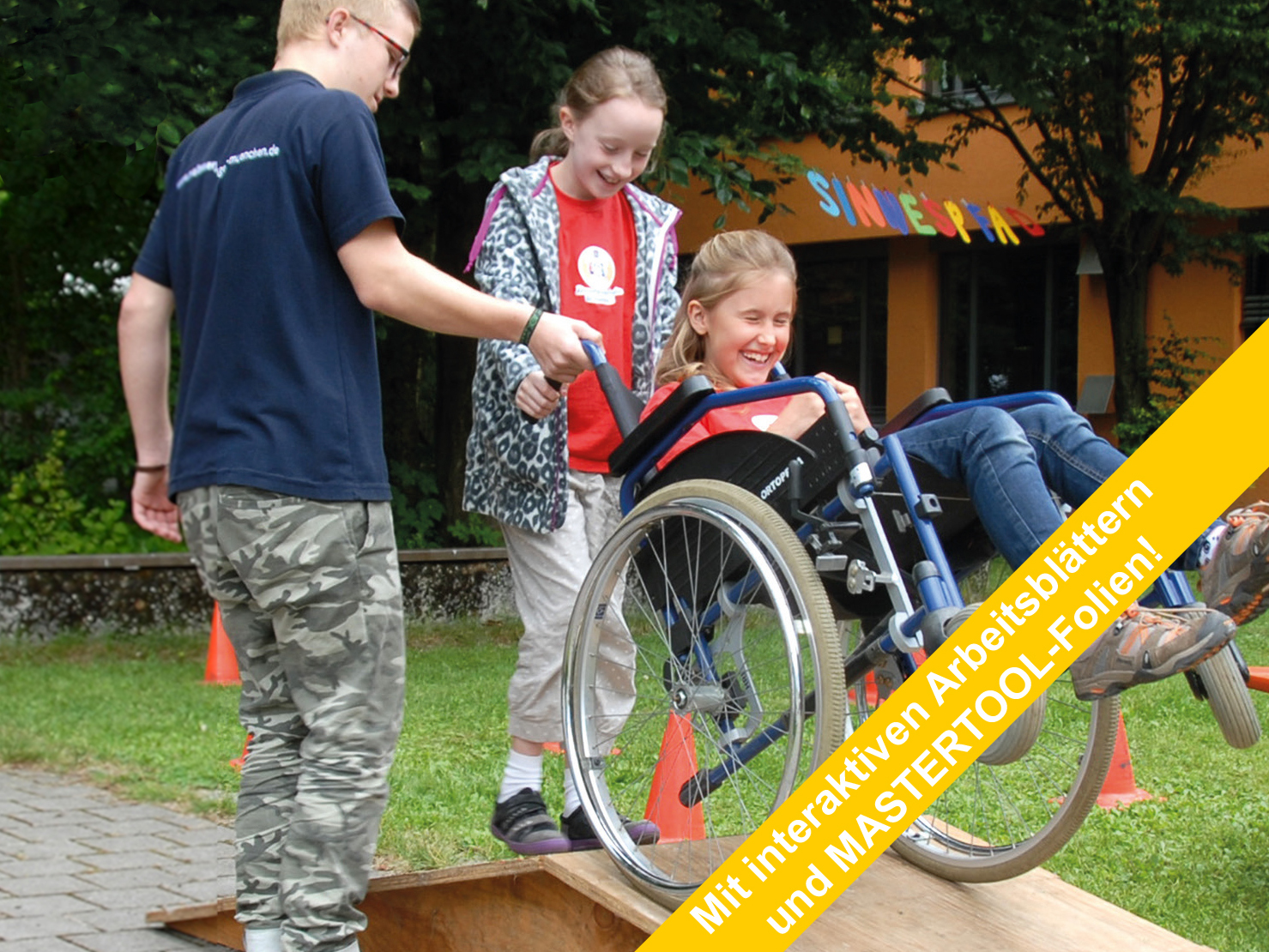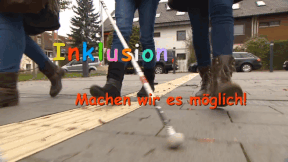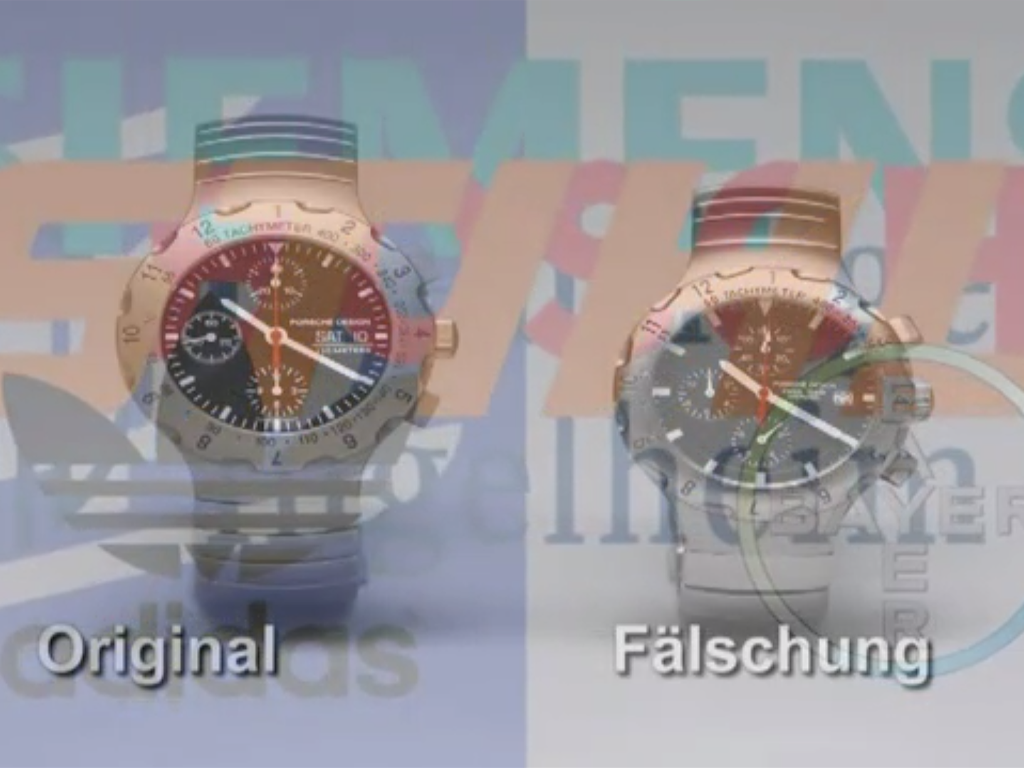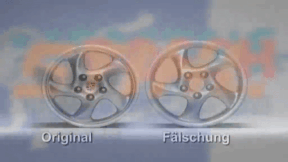 Primary School
Primary School
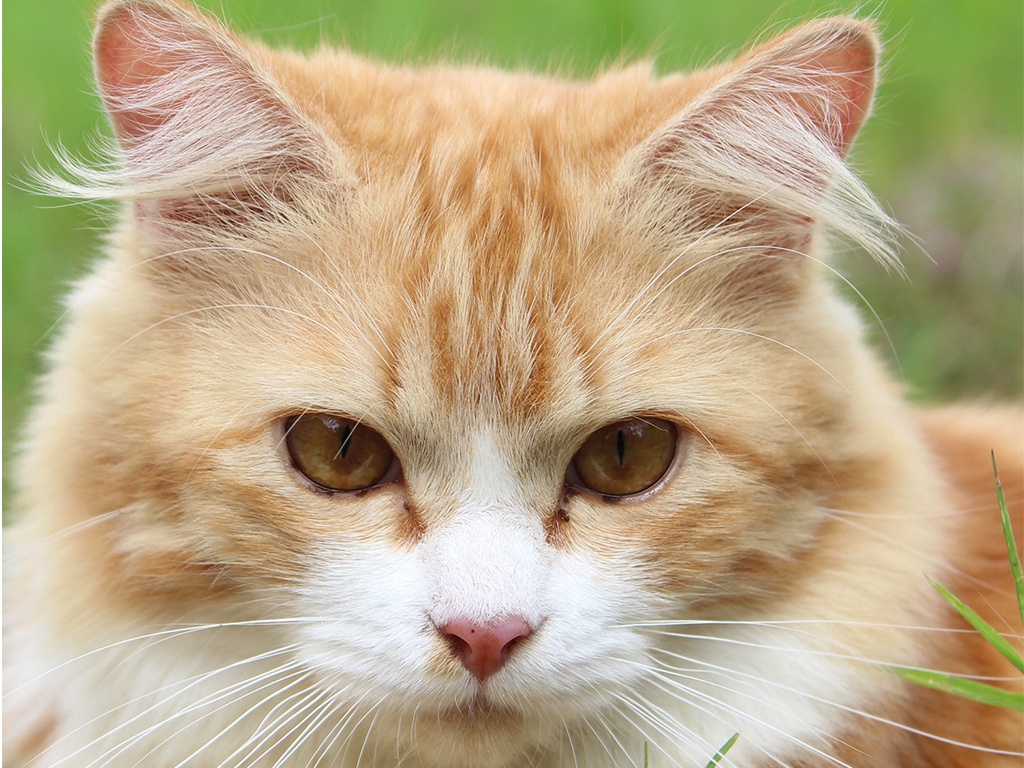

46500909 / 55500665
Domestic Cat
Breeds and Behaviour
Nobody has actually counted all of them but it is estimated that there are about 200 million domestic cats in the world. In Germany alone live abou 14 million. That makes it the most popular pet in this country. It is not easy to describe what makes the cat so appealing to humans. On the one hand, cats are playful, affectionate pets which seek the proximity of humans and love being petted, cuddled, fed and tended by them. On the other hand, they are of a wild independent character, which they have retained despite the long time they have spent with people as domesticated pets. Although they are called house cats, they are still predators deep inside that go hunting in nature. Due to this apparent contradiction and a certain inscrutability and inexplicability of their nature, they are often endowed with an air of mystery and magic. This also explains why in fairy tales and stories cats so often appear as magical creatures. The ancestors of today’s domestic cat originated from the Egyptian region. The Egyptians were also the first people to keep cats as pets about 3,000 years ago. Cats presumably sought the vicinity of human settlements because there it was easy to get at their prey, such as mice or rats. And people were grateful to the cats because they hunted mice and rats. The veneration of the Egyptians went so far as to worship a cat goddess, who represented gaiety and warmth.
Play trailer
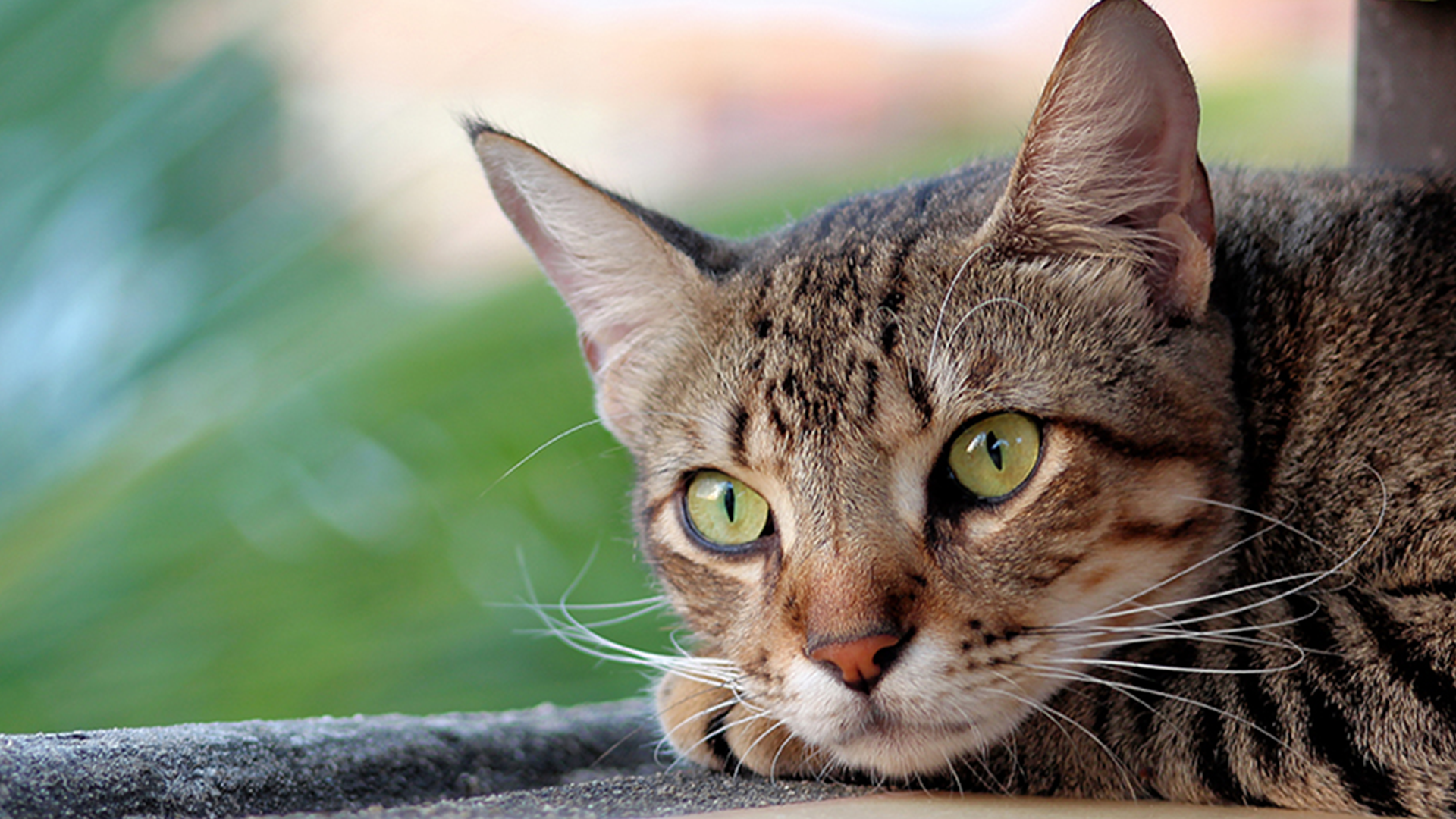
Curriculum-centred and oriented towards educational standards
Matching
Inclusion
Madita is eleven and blind. She does not want to go to a special school but to a regular grammar school. She says she feels "normal" there. Jonathan is eight and has a walking disability. He likes going to the school where he lives. Here, his best friend sits next to him. Max Dimpflmeier, a teacher who is severely deaf, explains that school life is not easy. Quote Max Dimpflmeier: "You don't want to attract attention, you want to avoid saying that it is necessary for you that 70 people adjust to your situation." People on their way to inclusion.
Product Piracy
Counterfeiting takes place in almost all economic sectors – textiles, watches, car parts, machine parts, tools, accessories, software and medicines. Some counterfeits are easy to recognise, others are so well-executed that even experts have difficulty distinguishing between original and imitation. This DVD covers the development of a product from idea to manufacture. Once a product has become a trademark, product pirates appear on the scene.




